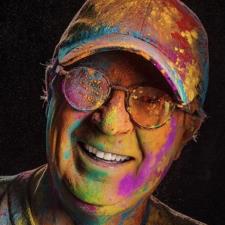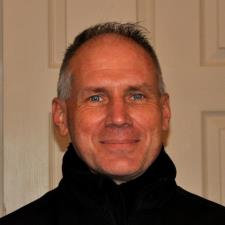
How to Photograph and light a multiple person interview.
Anyone can blast a room with light, but an artistic photographer wants to create a naturally lit interview.
2 Answers By Expert Tutors
Don F. answered • 01/18/25
40-years working as a commercial photographer. 10-years teaching
I'm a bit late to answer t his question, but I am a new to Wyzant, so I was looking at a few questions to see how this works from a Tutor's perspective. I took a different approach from the previous answer. I assumed that when asked about "how to light" something the subjects would be inside, and being "lit" with either lighting equipment, or a combination of available light and lighting equipment. Clearly there are "out side only" answers to this question. I have shot numerous interviews, both indoors and outdoors and the other answer here covers the outside answer well and in line with my experience. Always avoid harsh direct sunlight, except for very early and very late light, where the "Golden Hour" look can be nice, though it doesn't last long, so it's more appropriate for stills than video since video can cover a much longer time span.
As for lighting a set with multiple subjects, I generally light interviews with a large soft light to one side or the other, with the light "feathered" which means it is angled perpendicular to the camera and the subject and not at a 45 degree angle facing directly at the subject. Then I add a soft high hair light from above and behind and a rim light from the back and from the opposite side from the main ( Key ) light. I usually use a smaller soft light with a grid on it for that and I don't set it too bright. I also usually put additional light on the background, unless I am in an environment where I try and balance the front lighting with the ambient light of the location. This is all of course much easier to explain and demonstrate with sample photos, or waving hand gestures, and sample set photos. I'm looking forward to demonstrating this to future students.
Jeff L. answered • 07/19/24
Network Television DP/LD
The prefered option is to control the enviroment, then you'll have the freedom to create a natural look. Keep in mind, sometimes a client, producer and/or director will have the final say but the time of day, cloudy or direct sunlight in the background, is critical. Encourage your client to the timing of the day for the best exposure for the camera. Know the length of your recording. The most simple way is the keep your back and the camera facing away from a window.
When I work for 20/20 and Dateline programs, I condense the people being interviewed, get them nice and close to one another and pull your camera back...physical seperation, of the camera, from the the people being interviewed. The long lens method will be to your advantage. If you're photographing in an outdoor setting, pulling your camera away from the interview-ees that's going to be the most important and try to place your interview subjects in a shaded place. Camera placement is important. The closer your camera is to the subject(s) will require more and harsher lighting.
Approach your project with the mind set that you have lighting control. If your recording is in the evening place your subjects with lights behind and mimic the background lighting to your subjects. ...to continue the natural - lit look.
The average photographer can do three point lighting but an artistic photographer will over step that basic.
Still looking for help? Get the right answer, fast.
Get a free answer to a quick problem.
Most questions answered within 4 hours.
OR
Choose an expert and meet online. No packages or subscriptions, pay only for the time you need.






Cynthia A.
07/31/24